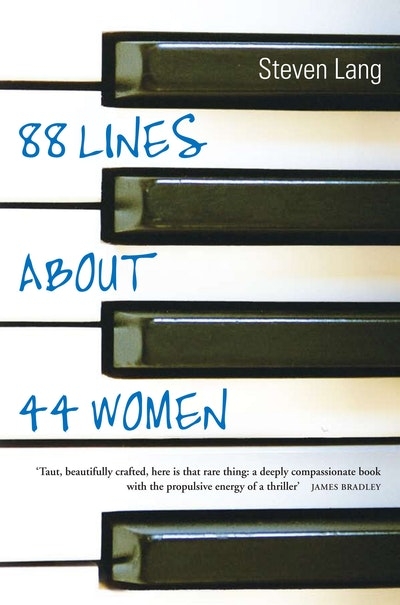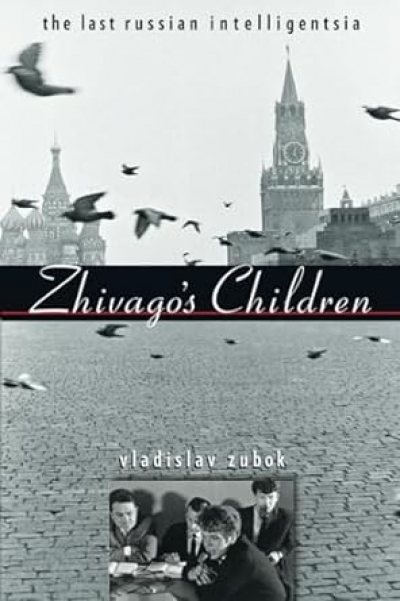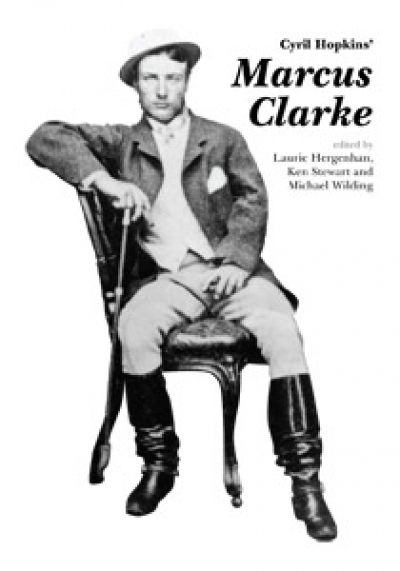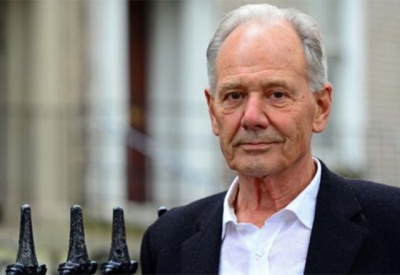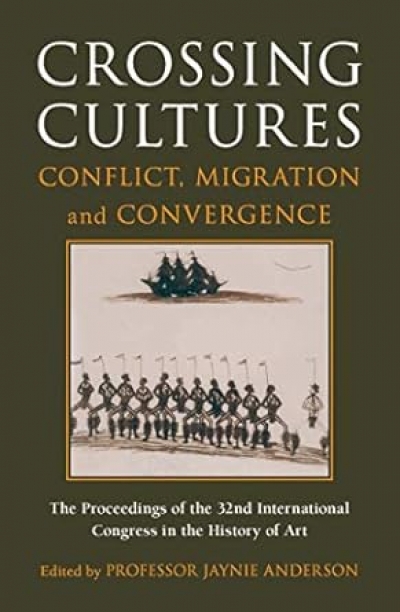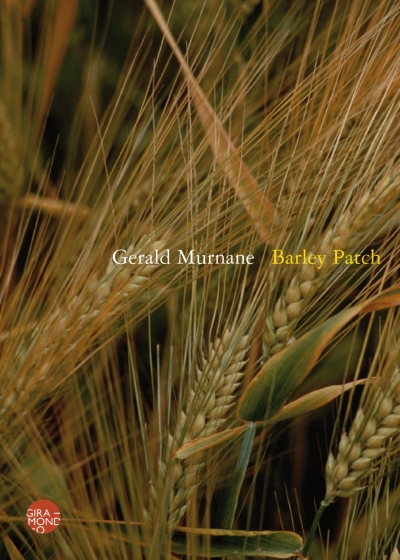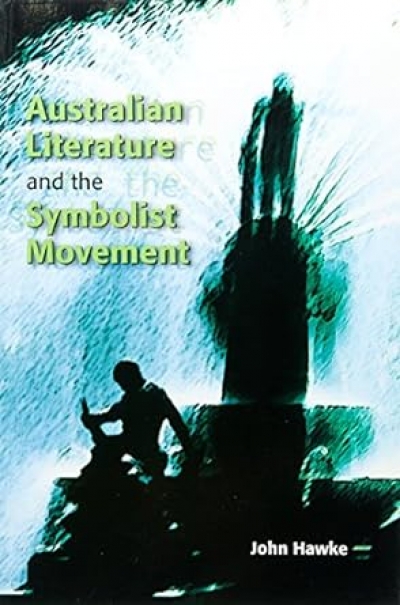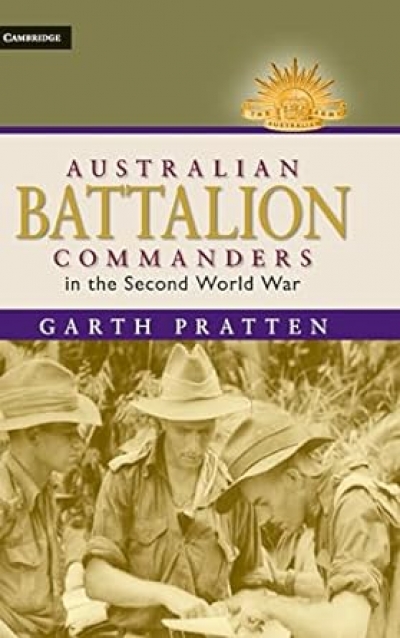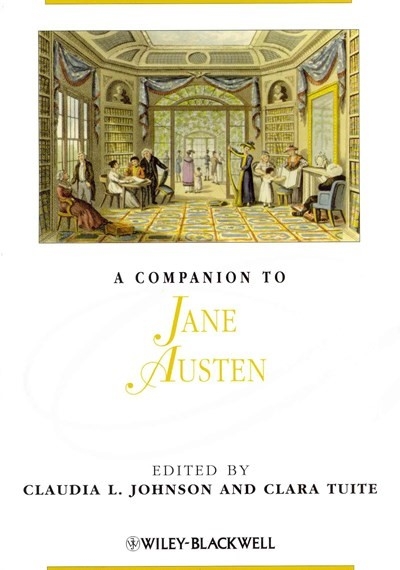Archive
Zhivago’s Children: The Last Russian intelligentsia by Vladislav Zubok
by Judith Armstrong •
Cyril Hopkins’ Marcus Clarke edited by Laurie Hergenhan, Ken Stewart and Michael Wilding
by Susan K Martin •
At the moment, my hero is Rimbaud’s self in his Les Illuminations. Who knows who it will be tomorrow? And my heroine? Always Lo.
... (read more)Crossing Cultures: Conflict, migration and convergence. The proceedings of the 32nd International Congress of the History of Art edited by Jaynie Anderson
by Patrick McCaughey •
Australian Literature and the Symbolist Movement by John Hawke
by Jeffrey Poacher •
Australian Battalion Commanders in the Second World War by Garth Pratten
by John Connor •
A Companion to Jane Austen edited by Claudia L. Johnson and Clara Tuite & Jane’s Fame by Claire Harman
by Penny Gay •
On Little Bourke Street it’s the bewitching hour
of winter dusk’s last riffs playing
long mauve shadows down the blocks,
waking the neon calligraphy, its quavering script
mirrored on the warm sheen of the Noodle King
where a man slaps and pummels the dough
into a pliant wad. He takes a fist-sized ball
and starts his noodle magic, stretching the bands,
the sleight-of-hand plain for you to see,
weaving a stave of floury silent music.

